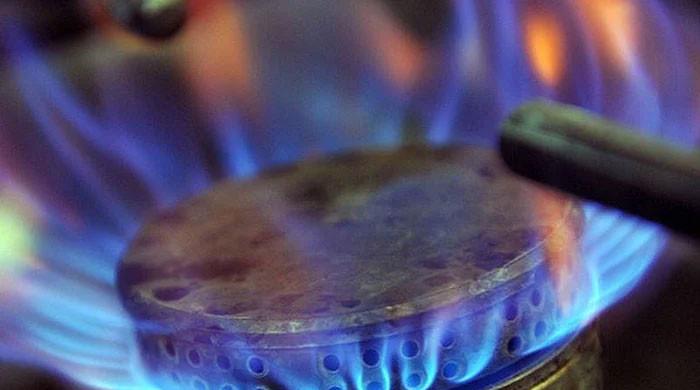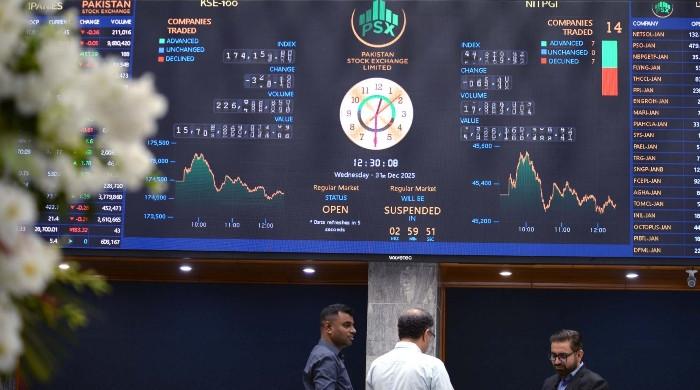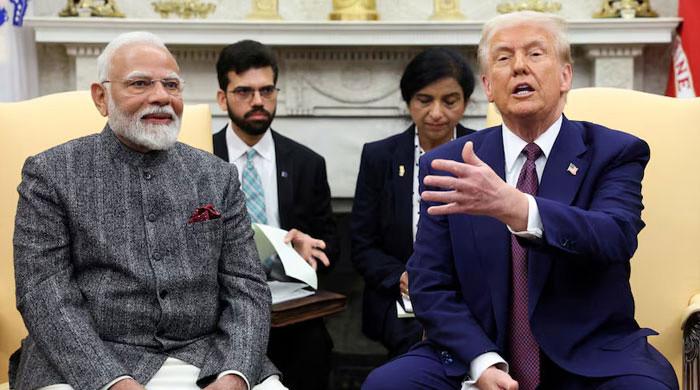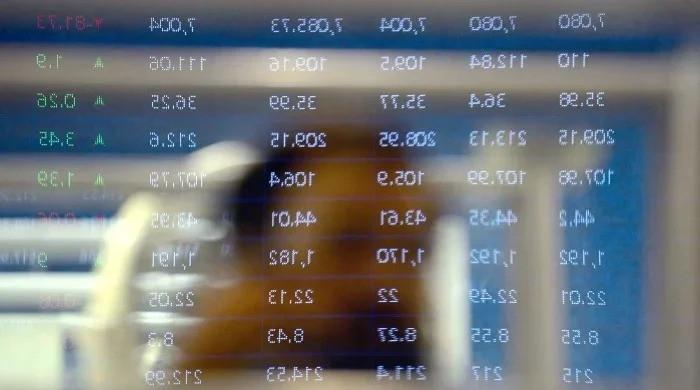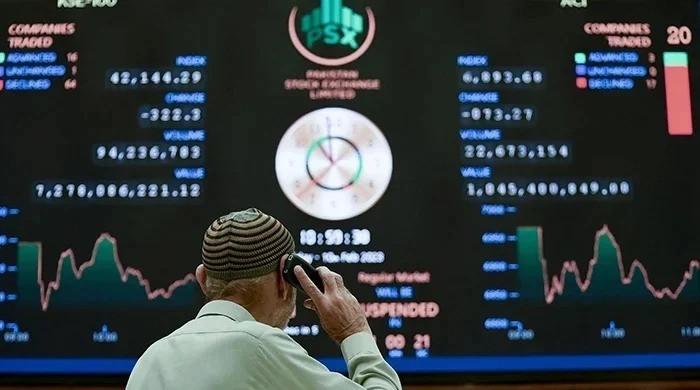Ukraine conflict triggers rupee's downward spiral against US dollar
Rupee falls around 0.13% to reach Rs176.39 against US dollar in the inter-bank market
February 24, 2022
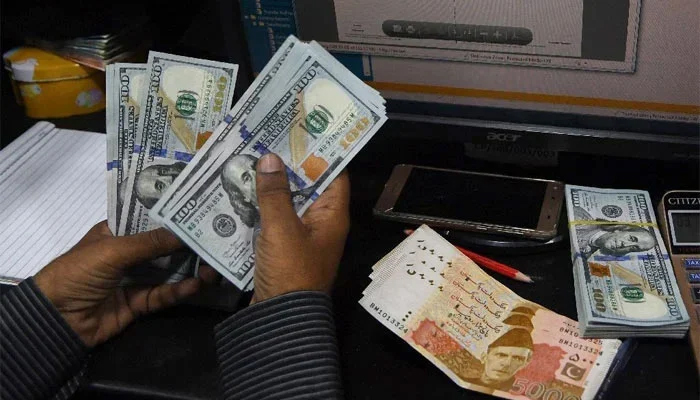
- Rupee falls around 0.13% to reach Rs176.39 against US dollar.
- Analyst says rupee has come under pressure due to geopolitical situation in Europe.
- Forecasts direction of local currency would be driven by geopolitical situation.
KARACHI: The rupee on Thursday resumed its slide against the US dollar, falling around 0.13% to reach Rs176.39 in the inter-bank market due to the "geopolitical situation" in Europe .
Analysts predict that the local currency is expected to depreciate against the greenback in the days to come due to an ongoing crisis in Ukraine, and importers' demand for the greenback.
Speaking to Geo.tv, Pakistan-Kuwait Investment Company Head of Research Samiullah Tariq said that the rupee has come under pressure due to the geopolitical situation in Europe and its impact on financial and commodity markets.
“Globally people are moving towards safe-haven assets,” he said, adding that this is the reason why the Pakistani rupee has also been impacted.
Tariq was of the view that the direction of local currency would be driven by geopolitical situation and commodity prices.
After posting a fresh decline of 0.13%, the Pakistani rupee has depreciated by 11.96% (or Rs18.85) since the start of the current fiscal year on July 1, 2021, data released by the central bank revealed.
The rupee had maintained a downward trend for the past nine months. It has lost 15.84% (or Rs24.12) to date, compared to the record high of Rs152.27 recorded in May 2021.
Meanwhile, a currency dealer said: “We expect the rupee to trade in a range-bound manner in coming sessions.
The persisting surge in international oil prices has sparked worries about inflation and the current account deficit. Pakistan posted a current account deficit of $9.1 billion in six months of this fiscal year, versus the surplus of $1.2 billion in the same period of last year, as a result of the increasing trade gap driven by a huge increase in imports.




